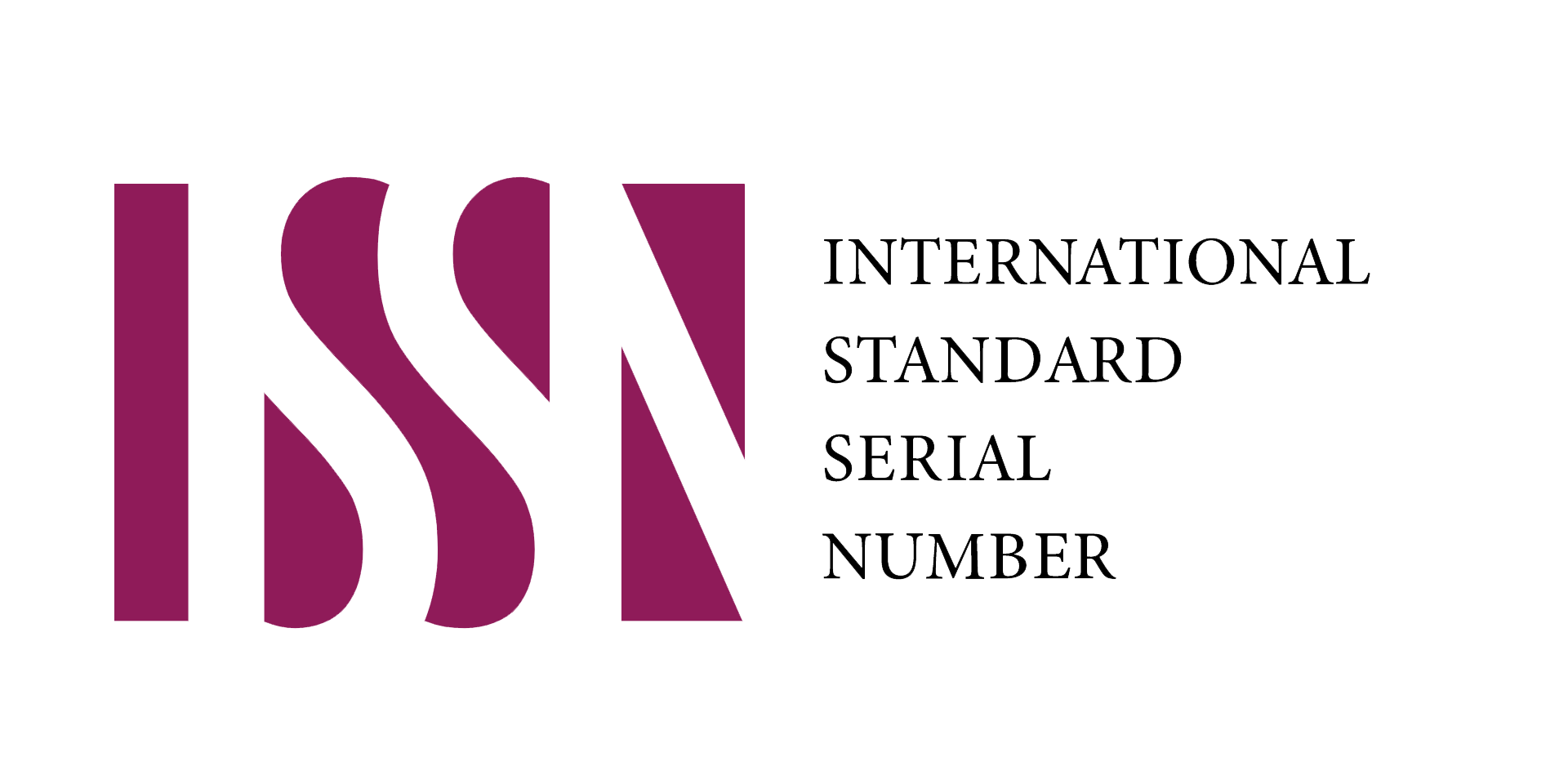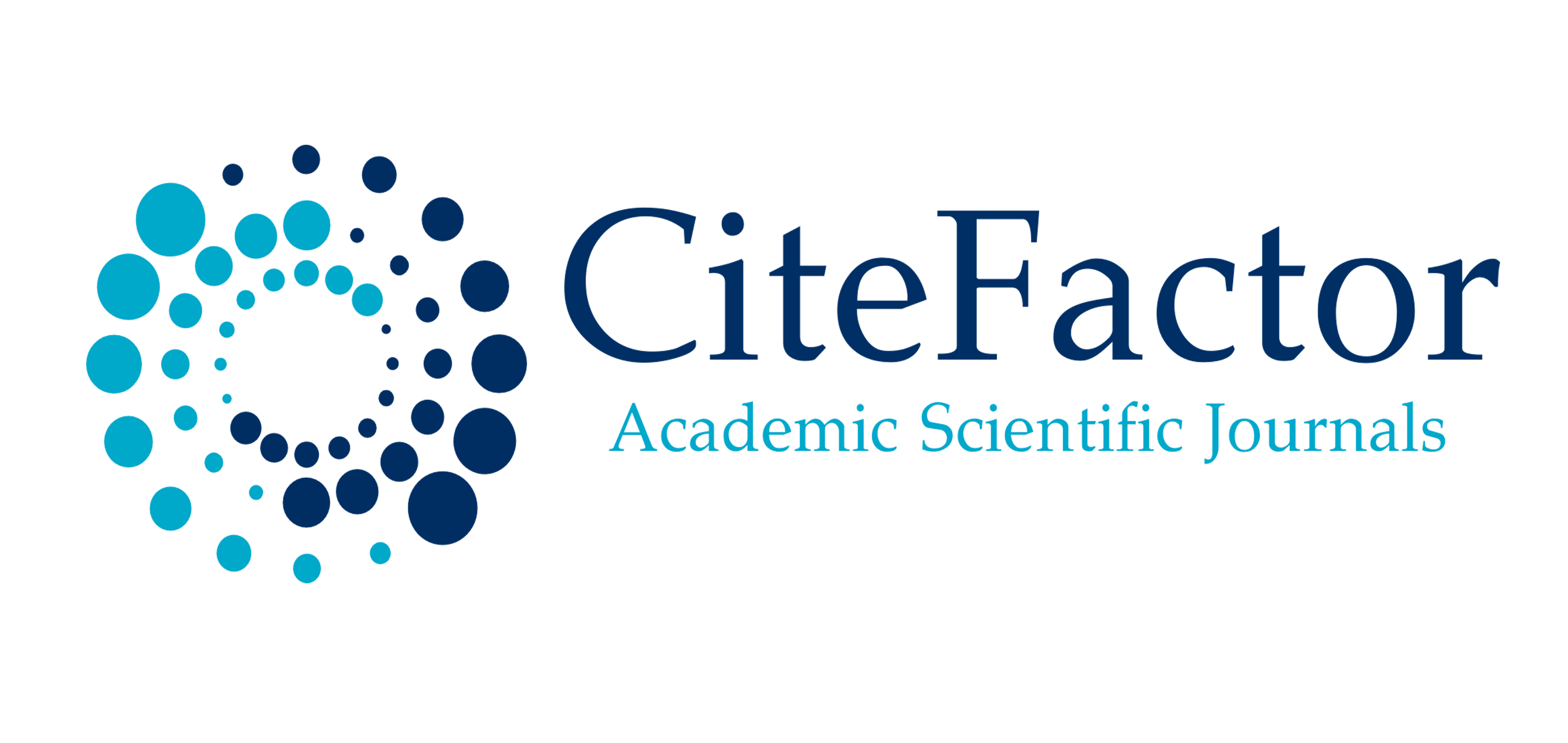Theoretical Foundations of Figurative Expressions
Keywords:
paraphrase, context, linguistics, periphrasis, semantics, figurative paraphrase, phraseology, fixed compounds, syntactic paraphrases, lexical paraphrases, phraseological paraphrasesAbstract
The paraphrases of the Uzbek language were studied for the first time in the article. Preliminary ideas about the types of paraphrases were also presented. To date, paraphrases have not been studied in a monograph, not only in Uzbek linguistics but also in all world linguistics, which is not a separate, special object of scientific research. Although paraphrases are actively used in our oral and written speech as one of the means of artistic imagery, they are one of the factors that show the richness of language, and the breadth of semantic possibilities. Paraphrases serve to make speech impressive, clear, logical, and unique. There are only a few articles in world linguistics that give a concise definition of paraphrases in dictionaries, along with comments, noting that paraphrases have their own characteristics within the means of artistic representation and should be studied separately. Consequently, the separate study of this figurative expression from a scientific and theoretical point of view, the elucidation of its nature, and the discovery of its essence are one of the issues to be addressed in today's general linguistics, especially stylistics.
The work is based on the achievements in the field of linguistics, the categories of dialectical philosophy: generality and specificity, cause and effect, possibility and reality, unity of form and content, clarity and abstraction. The problem of paraphrasing (figurative expression), which is one of the means of expression, which clearly shows the richness of any language, has not been the subject of separate research to date. But there are certain ideas about paraphrasing, albeit a little about its place in language and speech. Observations show that from a general linguistic point of view, the same term is used in invariants such as paraphrase, periphrase, periphrases, and it is noted that speech is one of the most effective means of expression.
We found it necessary to use the term paraphrase in our article. Because, first of all, this term is widely used in general linguistics. That is, it is mentioned separately in monographs, manuals, textbooks and articles; secondly, and most importantly, the term paraphrase clearly defines the nature of the phenomenon under study. By the way, the part "para" in the term paraphrase means similar or contiguous, meaning a pair.
It is well known that paraphrases in language arise as a result of a deeper study and knowledge of world events, and an increase in the ability of human thinking. The development of technology and science, the fact that the people who are the owners of the language, its creator, are in full contact with neighbouring countries, as a result of increased trade with them, also increase the number of paraphrases at the expense of words passed from one language to another. Therefore, we aimed to examine the paraphrases of language (languages) together with the historical society - its history, in connection with the development of the people.










